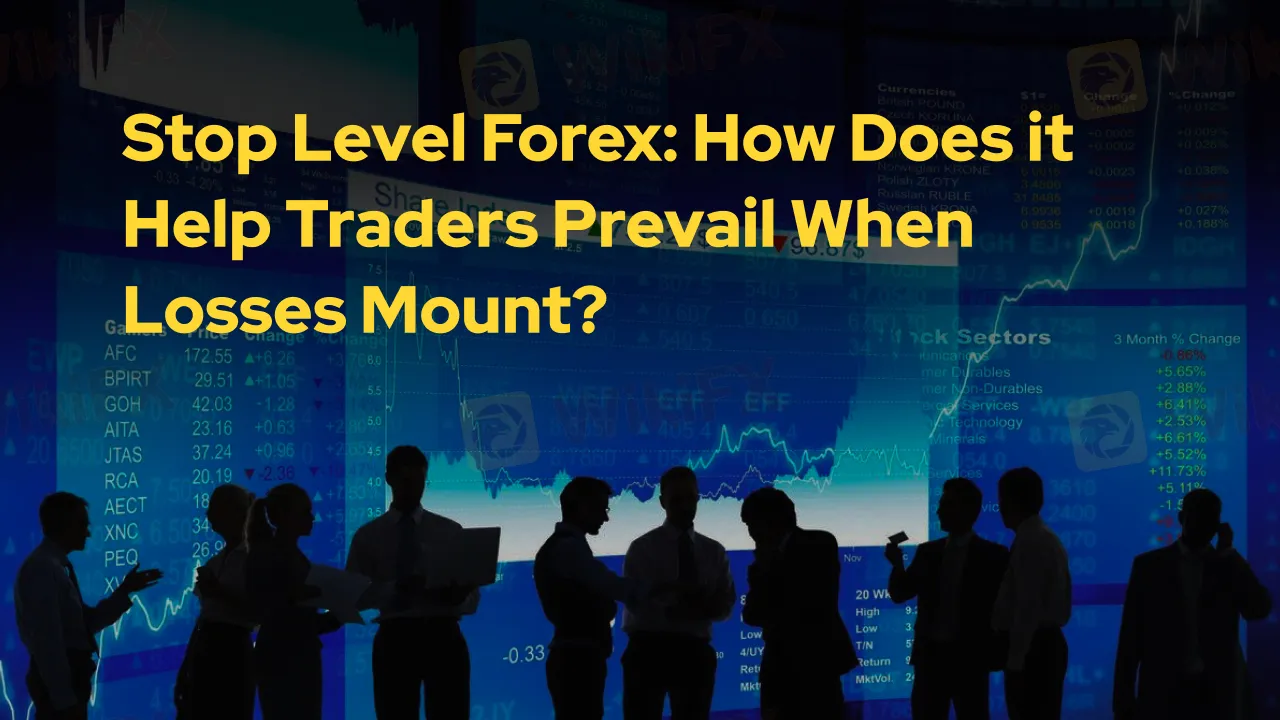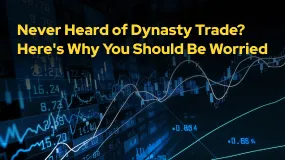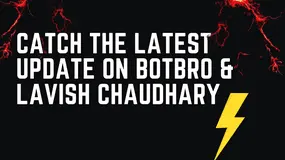简体中文
繁體中文
English
Pусский
日本語
ภาษาไทย
Tiếng Việt
Bahasa Indonesia
Español
हिन्दी
Filippiiniläinen
Français
Deutsch
Português
Türkçe
한국어
العربية
Stop Level Forex: How Does it Help Traders Prevail When Losses Mount?
Abstract:Ever wondered what happens when your trades start going south—and your margin takes a hit? Meet ‘Stop Level Forex’—the trader’s emergency brake that kicks in just before things spiral out of control. Explore this story to know its significance.

Ever wondered what happens when your trades start going south—and your margin takes a hit? Meet ‘Stop Level Forex’—the trader‘s emergency brake that kicks in just before things spiral out of control. It’s a critical concept of margin trading involving existing equity and used margin. The balance between these two is called the margin level. Traders must ensure it does not go below 100%. You can open more trades and that too, simultaneously, with increased free margins. Suppose the margin level arrives at a predetermined percentage. In that case, brokers will make a margin call and ask traders to deposit funds into their trading account or close some positions until they restore the balance.
As the existing positions move against the traders, they tend to lose capital as the available equity starts to reduce. This is where stop level forex, or stop out, as it is often called, comes to help traders. As the margin level falls to 50%, your broker will start closing your positions until the restoration of the previous level.
Why Do Brokers Use Stop Level Forex?
As a trader, you would ask this question. If my margin level falls to ZERO, what will happen? The broker will immediately close active positions to prevent the trading account balance/s from falling into negative figures.
But is a negative trading account balance real? Yes, it is!
When trading CFDs, traders exercise the leverage option that allows them to borrow capital from the broker and widen their position. As traders open highly leveraged orders in a sharply fluctuating foreign exchange market, they may lose more capital than the prevailing trading account balance.
In case the account balance is negative, you owe it to the broker. Most brokers thus provide negative balance protection, enabling brokers to close orders partially if the trade moves against a highly leveraged position. If a broker says that it will never allow your funds to go negative, it will convert your negative balance to zero. No matter the unlikely event, such as software issues or market conditions, the broker will ensure it.
Explaining the Process When the Margin Level Dips Below 100%
Firstly, traders should maintain a margin level of more than 100%. This will help them open new positions and maintain the current ones. If the open positions culminate in losses, the losses and the account balance with it start falling, further reducing the margin level.
As the margin level attains 100%, the forex broker will notify traders to refill or close some positions until the margin level exceeds 100% again. Even if traders fail to do so, brokers will do so on their behalf. The margin call level is the point where a broker can decide whether to close positions or not.
That point is 50%, and if it falls below this, the stop level forex concept will kick in. The stop level forex is a process involving the automatic closure of open positions. This happens as the available equity is insufficient to maintain even the ongoing positions, let alone opening new ones.
Generally, with a stop level forex, brokers initially look to close the most ineffective positions. Ineffective here means the positions that affect your account balance in the most severe manner. Brokers often close trades until the stop level and the margin call level are reached. Their act is justified. Because if losses continue to mount, traders will witness a negative account balance.
Understanding the Stop Level Forex with an Example
This example will have GBP/EUR as the currency pair. A forex trader has an available equity of 1,000 sterling. The margin required for gaining a 10,000-sterling position remained 2%. So, the used margin in this case equals 200 GBP. To compute the margin level, you should divide the available equity by the used margin and express it in percentage terms. Here, it will be (1,000/200)x100%=500%. Since the margin level here exceeds 500%, the trader can open new trade positions. However, with more trades, you consume more margin, leaving you with a reduced margin level. In case the trade went opposite as planned, lowering GBP/EUR prices.
The loss remained insignificant initially. But after a point, the price falls too much and empties the account balance. Soon, the loss for the trader went up to 800 GBP. The margin level thus dropped to 100% as the available equity fell to 200 GBP. So, the forex broker will send a margin call to the trader, who will have to refill the balance or close the position.
Heres something exciting for you! Join WikiFX Masterminds where you can connect with the Forex Intellectuals.

Disclaimer:
The views in this article only represent the author's personal views, and do not constitute investment advice on this platform. This platform does not guarantee the accuracy, completeness and timeliness of the information in the article, and will not be liable for any loss caused by the use of or reliance on the information in the article.
Read more

Never Heard of Dynasty Trade? Here's Why You Should Be Worried
Have you heard this name before? No , it’s time you do because staying unaware could cost you. This platform is currently active in the forex trading and has been linked to several suspicious activities. Even if you’ve never dealt with it directly, there’s a chance it could reach out to you through ads, calls, messages, or social media. That’s why it’s important to know the red flags in advance.

Want to Deposit in the EVM Prime Platform? Stop Before You Lose It ALL
Contemplating forex investments in the EVM Prime platform? Think again! We empathize with those who have been bearing losses after losses with EVM Prime. We don't want you to be its next victim. Read this story that has investor complaints about EVM Prime.

WEEKLY SCAM BROKERS LIST IS OUT! Check it now
If you missed this week's fraud brokers list and are finding it difficult to track them one by one — don’t worry! We’ve brought together all the scam brokers you need to avoid, all in one place. Check this list now to stay alert and protect yourself from fraudulent brokers.

Catch the Latest Update on BotBro & Lavish Chaudhary
BotBro, an AI-based trading platform, became popular in India in 2024—but for negative reasons. Its founder, Lavish Chaudhary, who gained a huge following by promoting it heavily on social media. Since then, he has become well-known, but for many controversies. Let’s know the latest update about Botbro & Lavish Chaudhary.
WikiFX Broker
Latest News
Asia-Pacific stocks fall as investors weigh recent trade developments
Is Your Forex Strategy Failing? Here’s When to Change
FSMA Warns That Some Firms Operate as Pyramid Schemes
Apex Trader Funding is an Unregulated Firm | You Must Know the Risks
LVMH shares jump 2.5% after reporting better-than-feared earnings, Texas factory plans
Why Octa Is the Ideal Broker for MetaTrader 4 & 5 Users
Stop Level Forex: How Does it Help Traders Prevail When Losses Mount?
5 things to know before the Thursday open: Meme stock revival, Trump's Fed visit, Uber's gender feature
CNBC's Inside India newsletter: Leaving, but not letting go — India's wealthy move abroad, but stay invested
Moncler raises prices on tariffs, may postpone store openings if downturn worsens
Currency Calculator


